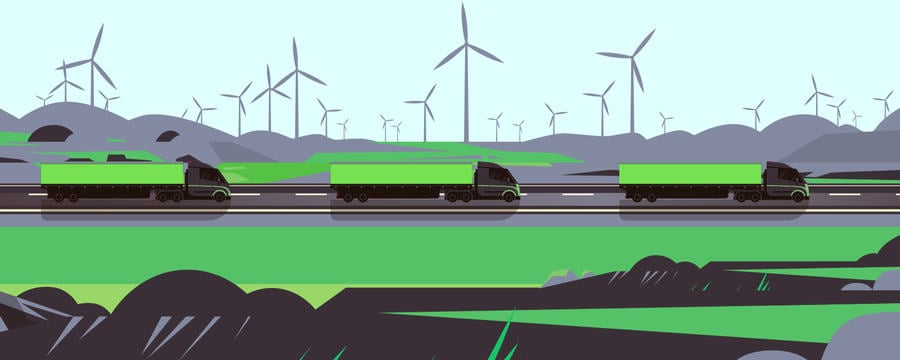International environmental legislation
What are the main instruments of international legislation that aim to prevent, reduce and control pollution in accordance with the remits of the Brundtland report and other United Nations policies?
You will learn about them in this step.
Law is order, and good law is good order.(Aristotle, Greek philosopher)
What is international environmental legislation?
The 1972 Stockholm Declaration
…to ensure that the activities within their jurisdiction and control do not cause damage to the environment of other states or areas beyond the limits of national jurisdiction.
…sovereign right of states to exploit their own resources pursuant to their own environmental policies.
…to develop further the international law regarding liability and compensation for the victims of pollution and other environmental damage caused by activities within the jurisdiction or control of such states to areas beyond their jurisdiction.(Stockholm Declaration 1972)
The breadth of international environmental legislation
Types of international environmental legislation
…control of emissions and effluents into air, water or soil
…to limit the damage done to the environment by the discharge of harmful substances and energies.(Britannica 2018)
…reducing or eliminating waste at the source by modifying production processes, promoting the use of non-toxic or less toxic substances, implementing conservation techniques, and reusing materials rather than putting them into the waste stream.(Environmental Protection Agency 2017)
…use of source reduction and/or environmentally sound recycling methods prior to energy recovery, treatment or disposal of wastes.(Environmental Protection Agency 2016)
Your task
Using the tables in this step, select the international environmental laws that your country has ratified. Remember to download the tables so you can see all the international environmental laws.Are there any other laws that your country could have ratified but hasn’t? Why?Share your findings with your classmates in the comments section below.
References
Britannica (2018) ‘Pollution Control’. Encyclopaedia Britannica [online]. available from https://www.britannica.com/technology/pollution-control [8 July 2019]
EPA (2016) ‘Wastes – Hazardous Waste – Waste Minimization’. US Environmental Protection Agency (EPA) [online]. available from https://archive.epa.gov/epawaste/hazard/wastemin/web/html/faqs.html [8 July 2019]
EPA (2017) ‘Pollution Prevention (P2). Pollution Prevention Law and Policies’. US Environmental Protection Agency (EPA) [online]. available from https://www.epa.gov/p2/pollution-prevention-law-and-policies [8 July 2019]
German Environment Agency (2019) ‘Economic and Legal Dimensions of Resource Conservation’. Umweltbundesamt (German Environment Agency)
Guruswamy, L. D. (2017) International Environmental Law in a Nutshell. 5th edn. West Nutshell Series, Minnesota: West Academic Publishing, 784
Shaw, M. (2016) ‘International Law’. Encyclopedia Britannica [online]. available from https://www.britannica.com/topic/international-law [8 July 2019]
Share this
Sustainability and Green Logistics: An Introduction

Sustainability and Green Logistics: An Introduction


Reach your personal and professional goals
Unlock access to hundreds of expert online courses and degrees from top universities and educators to gain accredited qualifications and professional CV-building certificates.
Join over 18 million learners to launch, switch or build upon your career, all at your own pace, across a wide range of topic areas.
Register to receive updates
-
Create an account to receive our newsletter, course recommendations and promotions.
Register for free







